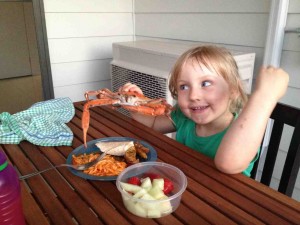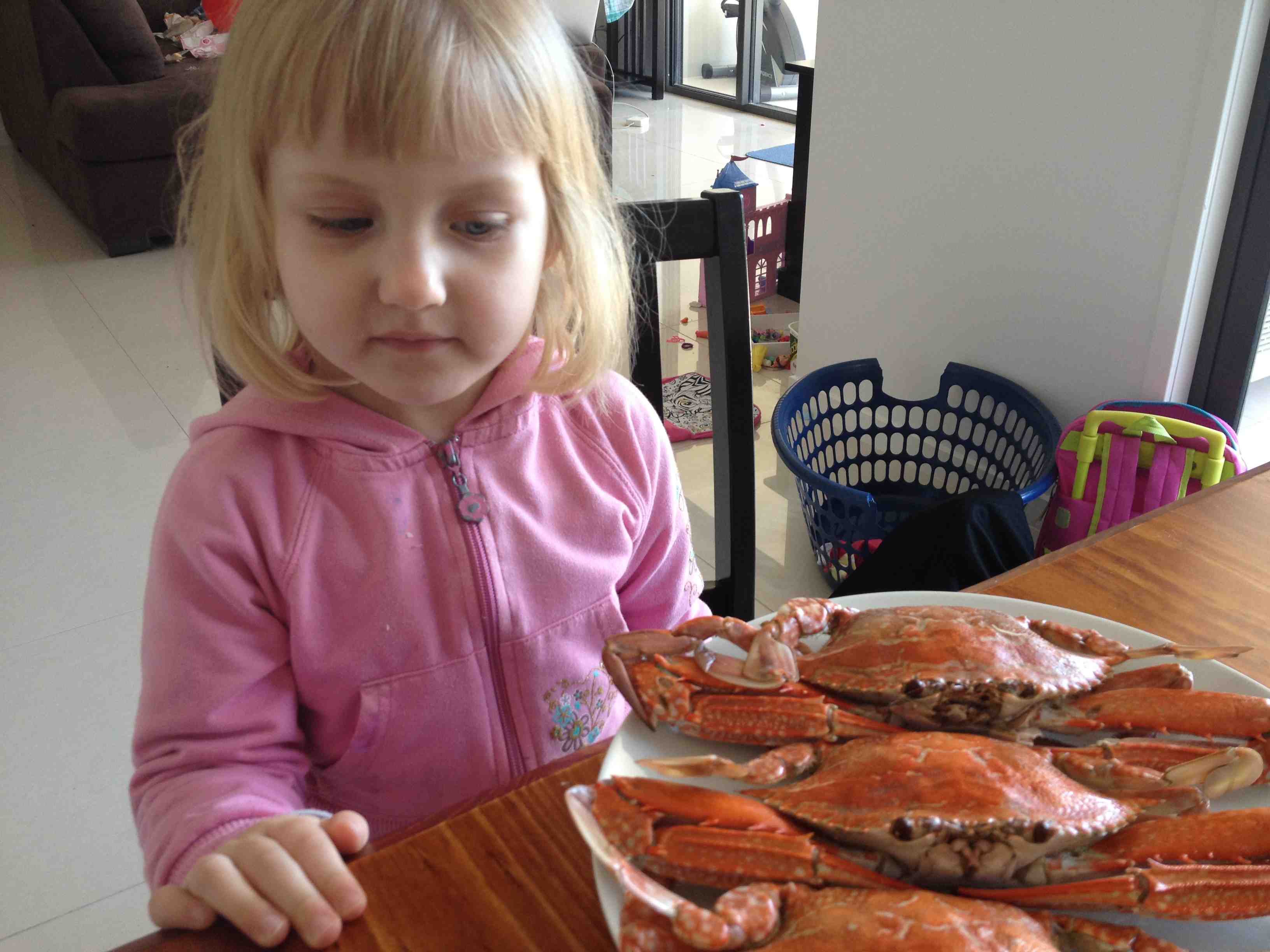Knowing the survival characteristics of foodborne pathogens in raw ready-to-eat (RTE) seafood is the key to predicting whether they pose a microbiological hazard. The present study examined the survival of Escherichia coli O157:H7, Salmonella Typhimurium, Vibrio parahaemoliticus, Listeria monocytogenes, and Staphylococcus aure- us in raw RTE crab marinated in soy sauce.
 Inoculated crabs (initial bacterial population = 4.1–4.4 log CFU/g) were immersed in soy sauce and then stored at refrigeration (5 °C) or room temperature (22 °C) for up to 28 days. At 5 °C, all bacteria (except V. parahaemolyticus) survived in crab samples until Day 28 (counts of 1.4, 1.6, 3.1, 3.2 log CFU/g for E. coli O157:H7, S. Typhimurium, L. monocytogenes, and S. aureus, respectively). Howev- er, at 22 °C, all tested bacteria were more susceptible to the antimicrobial effects of marination. Regardless of tem- perature, foodborne pathogens attached to crab samples were more resistant to marination than those suspended in soy sauce samples; however, the survival pattern for each species was different. Gram-positive bac- teria were most resistant to marination conditions (high salinity, low pH), whereas V. parahaemolyticus was ex- tremely susceptible.
Inoculated crabs (initial bacterial population = 4.1–4.4 log CFU/g) were immersed in soy sauce and then stored at refrigeration (5 °C) or room temperature (22 °C) for up to 28 days. At 5 °C, all bacteria (except V. parahaemolyticus) survived in crab samples until Day 28 (counts of 1.4, 1.6, 3.1, 3.2 log CFU/g for E. coli O157:H7, S. Typhimurium, L. monocytogenes, and S. aureus, respectively). Howev- er, at 22 °C, all tested bacteria were more susceptible to the antimicrobial effects of marination. Regardless of tem- perature, foodborne pathogens attached to crab samples were more resistant to marination than those suspended in soy sauce samples; however, the survival pattern for each species was different. Gram-positive bac- teria were most resistant to marination conditions (high salinity, low pH), whereas V. parahaemolyticus was ex- tremely susceptible.
Marination is the only antibacterial step in the manufacturing processes; however, the results presented herein reveal that this is not sufficient to inactivate foodborne pathogens. In particular, the survival of pathogens on crabs at refrigeration temperature may pose a major hazard for the consumption of raw RTE seafood. Thus, appropriate decontamination methods and implementation of safety management practices are needed.
This study provides predictive microbiological information of foodborne pathogens in raw RTE seafood with margination.
Survival of foodborne pathogens (Escherichia coli O157:H7, Salmonella Typhimurium, Staphylococcus aureus, Listeria monocytogenes, and Vibrio parahaemolyticus) in raw ready-to-eat crab marinated in soy sauce
International Journal of Food Microbiology 238 (2016) 50–55, DOI: http://dx.doi.org/10.1016/j.ijfoodmicro.2016.08.041
TJ Cho, NH Kim, SA Kim, JH Song




 outbreak believed to be linked to crab meat.
outbreak believed to be linked to crab meat.
 consumption of crab meat.
consumption of crab meat.